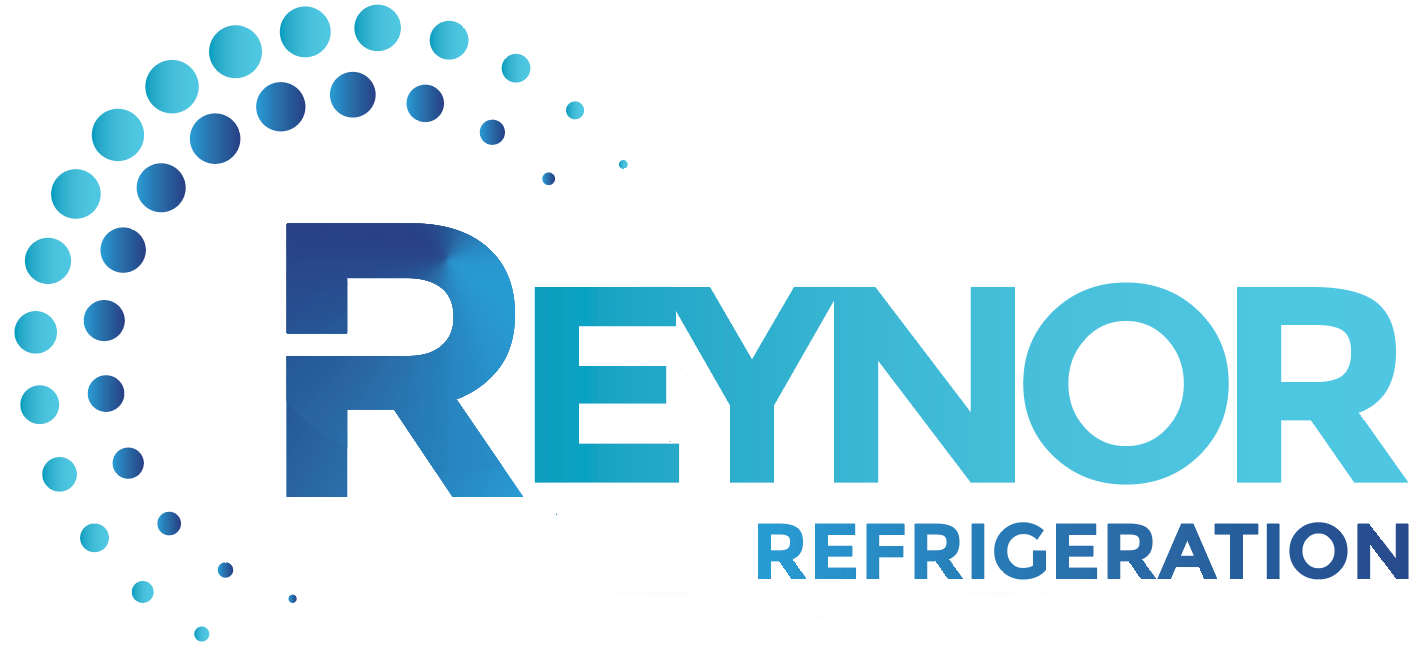By following this simple guide to minimise refrigeration costs, you can optimise your refrigeration system, reduce costs, and keep your money where it belongs – in your pocket. As an Australian business owner, you’re well aware that running a commercial kitchen or food establishment comes with a range of expenses, and one major contributor to those costs is your refrigeration system. Keeping your perishable goods safe and fresh while ensuring your energy bills don’t soar can be quite a challenge.
1. Regular Maintenance and Servicing
One of the most efficient ways to cut your refrigeration costs is to ensure your system is well-maintained. Regular servicing by a professional can identify and fix any potential issues before they become major problems. This keeps your system running smoothly, preventing energy wastage and costly breakdowns.
2. Energy-Efficient Refrigeration Units
Investing in energy-efficient refrigeration units can significantly reduce your energy bill. Look for appliances with the ENERGY RATING label or those that use advanced technologies to minimize energy consumption. While they may have a slightly higher upfront cost, the long-term savings make them well worth it.
3. Proper Placement
The location of your refrigeration units matters. Keep them away from heat sources such as ovens, stoves, or direct sunlight. Adequate ventilation and spacing around the units will help them work more efficiently, reducing the need for excess energy consumption.
4. Temperature Control
Maintaining the right temperature in your refrigeration units is crucial. Ensure that they are set to the recommended temperatures for food safety while avoiding unnecessary cooling. Using temperature monitoring devices can help you maintain a safe and efficient environment.
5. Door Seals and Insulation
Regularly check the door seals and insulation of your refrigeration units. Any gaps or damage can cause cold air to escape, making your system work harder and increasing energy costs. Replace damaged seals promptly to keep your system running efficiently.
6. Organized Storage
Proper organization within your refrigeration units can improve efficiency. When items are stored logically, you can find what you need quickly, minimizing the time the door is open, and reducing temperature fluctuations and energy waste.
7. Scheduled Defrosting
Ice buildup inside your freezer units can force the compressor to work harder. Develop a defrosting schedule to prevent excessive ice accumulation, reducing energy usage and maintaining a safe temperature.
8. Energy-Saving Practices
Encourage your staff to adopt energy-saving practices. These include closing refrigerator and freezer doors promptly, not overloading units, and ensuring they report any issues or unusual sounds immediately.
9. Monitor Your Energy Bill
Regularly check your energy bills and look for patterns or unusual spikes in consumption. If you notice any significant deviations, investigate the cause and address it promptly to minimize your costs.
10. Seek Professional Advice
When in doubt, consult a professional refrigeration expert. They can provide tailored advice and solutions to optimize your refrigeration system, save you money, and ensure your food remains safe.
By implementing this simple guide to minimise refrigeration costs, you can maintain safe and efficient refrigeration while reducing costs. Your efforts will not only benefit your bottom line but also contribute to a more sustainable and eco-friendly business.
